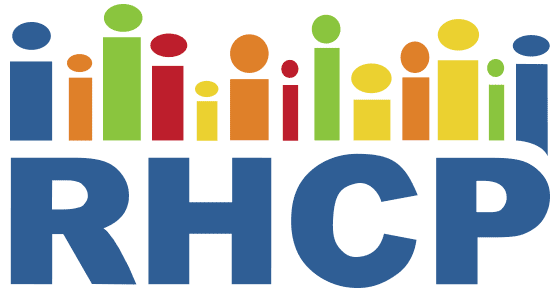Healthy Immigrant Families
Immigrants and refugees arrive to the United States healthier than the general population. But, the longer they live in the U.S., the more likely they are to approximate the cardiovascular risk profiles of the general population, including increased rates of obesity, high blood pressure, high cholesterol, diabetes, and heart disease. Two reasons for the development of these diseases are low levels of physical activity and lack of access to healthy foods. The reasons for these behaviors are complex, and include many social, economic, environmental, and cultural factors.
Healthy Immigrant Families is a project aimed at improving physical activity and dietary habits among immigrants and refugees to Rochester, Minnesota. Healthy Immigrant Families used a CBPR approach to design an intervention aimed at improving physical activity and dietary habits with and for families from participating communities. The intervention included delivery of family-centered, home-based coaching for physical activity and healthy eating to participating Hispanic, Somali and Sudanese families. These lessons were facilitated by trained Family Health Promoters from the same community as the participants. Program efficacy was evaluated by measuring physical activity using accelerometers, and dietary quality by 24-hour dietary recalls. Other health indicators included measurement of blood pressure, body mass index (BMI), and health-related quality of life.
151 participants (44 families) were enrolled at baseline. At 12 months after enrollment, the intervention had been delivered to 100% of active families, and 93% of families were still engaged in study activities.
Funding
National Institutes of Health: National Heart, Lung and Blood Institute (R01 HL 111407)
Mayo Clinic: Center for Clinical and Translational Science, Office of Health Disparities Research
Materials


